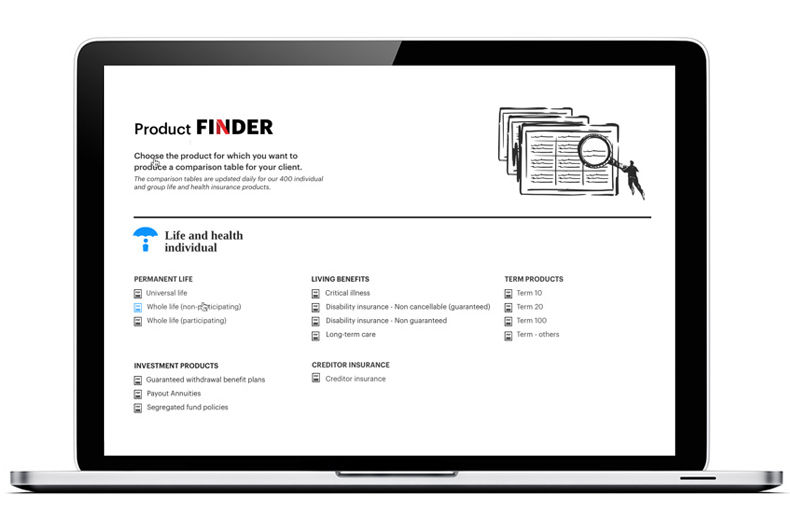The protection gap created by climate change – estimated to be US$139-billion per annum globally at the moment, according to a new report from the Global Federation of Insurance Associations (GFIA) – needs to be addressed by policymakers, lest insurance become unaffordable or unavailable in cases, causing that protection gap to grow.
The findings are part of a new report from the GFIA which states that insurers play an important role in protecting people against risks, but these companies alone cannot address all protection gaps.
“Closing the gaps will require action from policymakers to create environments in which risk can be managed and mitigated. These actions will help keep risks insurable and insurance protection affordable,” writes GFIA’s president, Susan Neely.
Related:
Insurers alone cannot address gaps in climate coverage
The association representing 40 other member associations around the world goes on to look the range of potential levers available to both insurers and the public sector. “The potential levers identified for policy makers have pros and cons – some can have unintended consequences and others may work in some jurisdictions but not others,” they write in the report entitled Global protection gaps and recommendations for bridging them.
Recommendations made for those interested in narrowing the natcat (natural catastrophe) protection gap (the report also looks and pension, cyber and health protection gaps, as well) include the suggestion that policymakers support and make and effort to educate and inform the general public, including businesses, communities and other policymakers, as well, about the benefits of insurance.
“Protection gaps can arise because people and businesses do not understand the level or potential impact of the natural hazards to which they are exposed,” the report states. “Education and information campaigns and programs can help ensure that there is a better understanding of the risks faced and the importance of having financial protection. For example, improving the information available about the natcat risks linked to a property would help informed decision-making.”
The report also suggests that lawmakers ensure strong land-use controls and building codes are in place, while policymakers, meanwhile, promote close cooperation between public and private sectors to close the protection gap. Further, they add that insurance products tailored to local needs, microinsurance, in particular, is promoted when appropriate. Support for open reinsurance markets is encouraged, as is support for regulation which doesn’t erect barriers to an insurers’ or reinsurers’ ability to provide coverage and innovate.
“Take care to ensure that regulation does not create unnecessary barriers or costs for innovations such as parametric insurance, microinsurance and digitalization,” they write. “Do not apply excessive taxes and levies to insurance premiums that affect the affordability of cover.”
The report also looks at insurability by private players and the potential for extreme impact on human well-being.
“Some risks are inherently uninsurable by the private sector alone as they violate key principles of insurance. As the insurance industry might be unable to cover the risks of these types of perils (e.g. pandemics), the public sector’s role and relevance must be examined alongside that of the insurance industry.”







